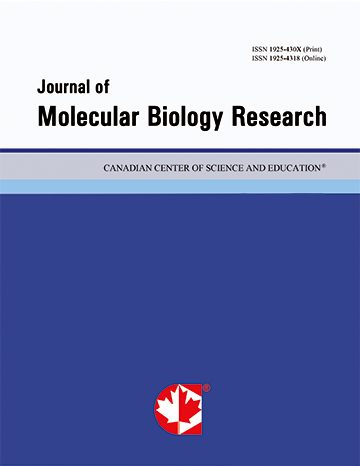Real Time PCR: the Use of Reference Genes and Essential Rules Required to Obtain Normalisation Data Reliable to Quantitative Gene Expression
- Antônio Rocha
- José Monteiro-Júnior
- José Freire
- Antônio Sousa
- Cristiane Fonteles
Abstract
Quantitative Real-time Polymerase Chain Reaction (qPCR) is an important tool for molecular biology and biotechnology research, widely used to determine the expression levels of mRNA. Two main methods to performing qPCR are largely used: The absolute quantification, in which the mRNA levels are determined by using a standard curve and the relative method, which is based on the use of reference genes. Reference genes are widely expressed in cells of animal and plant tissues and their expression pattern are theoretically unchanged within several situations, which makes them an excellent choice to normalize mRNA quantification data in relative qPCR studies. However, several reports are increasingly showing that the use of only one reference gene in relative qPCR studies should be avoided, because in the real world their expression levels can significantly change from tissue to tissue. Several softwares, such as geNorm, BestKeeper and NormFinder, have been developed to perform data normalisation, and these programs may assist in choosing the most stable reference genes. The aim of this review was to describe the current normalisation strategies used in qPCR assay, as well as to establish essential rules to perform reliable mRNA quantification. Finally, this review show some innovations in the advances on qPCR.
- Full Text:
 PDF
PDF
- DOI:10.5539/jmbr.v5n1p45
Index
Contact
- Grace BrownEditorial Assistant
- jmbr@ccsenet.org
